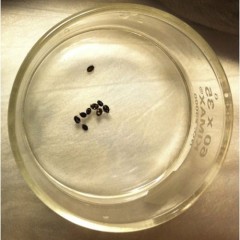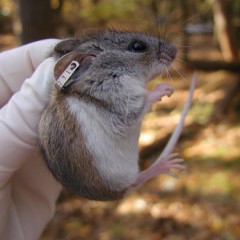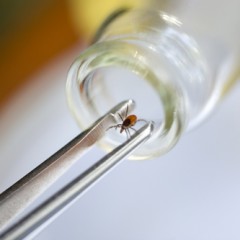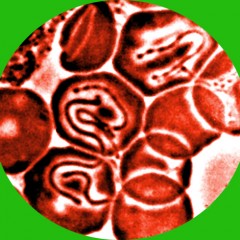The Global Search for Education: More Research – Ticks
“The next step is to determine if spirochetes that persist after antibiotic treatment are infectious.” — Dr. Monica Embers The take home for me from Katie Couric’s recent report on Lyme disease is that there are still too many unanswered questions. We need more research to understand Lyme, which affects 300,000 victims each year because we don’t have answers. We do know the term “chronic...
The Global Search for Education: Prevention — Ticks
“What we’ve found is that white-footed mice are the most important hosts in producing infected ticks.” — Rick Ostfeld Given the 300,000 new cases of Lyme disease a year in the US reported by the CDC, it is understandable that health organizations and local governments in this country are extremely anxious to develop a broader, more effective tick-borne diseases control strategy. As you will discover...
The Global Search for Education: France – Ticks
“Chronic Lyme disease is due to the persistence of Borrelia within tissues but is also probably due to other micro-organisms responsible for co-infections.”— Dr. Christian Perronne Lyme (Borreliosis), Anaplasmosis /Ehrlichiosis, Babesiosis, Rocky Mountain Spotted Fever, Bartonella, Tularemia, and more recently, Borrelia miyamotoi (a distant relative of Lyme Borreliosis) are recognized tick-borne...
The Global Search for Education: Germany – Ticks
“One of the first projects should be the improvement of the test sensitivity for chronic Lyme disease patients worldwide. The European Union has spent over 1 million Euros on the development of a high-sensitive lab on a chip project which is still underway.” — Dr. Armin Schwarzbach The CDC’s new estimate this month of 300,000 cases of Lyme disease per year in the US (10 times higher than previously...
The Global Search for Education: Norway – Ticks
“Our method is based upon live blood microscopy. Bacteria become visible by optical changes involving refraction index, swelling and spreading of cells which result in inflated structures well above the optical resolution capacities for a light microscope.” — Morten Laane and Ivar Mysterud Oslo University biologists Morten Laane and Ivar Mysterud have discovered a method to identify Borrelia bacteria in the...






Recent Comments